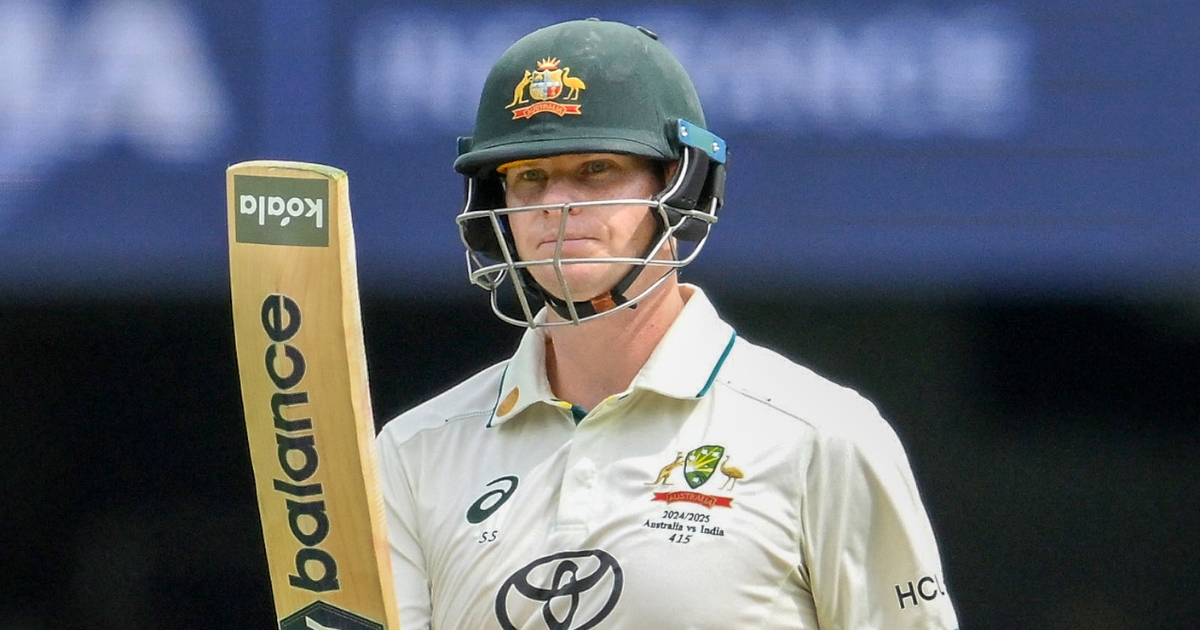Australian cricket star Steve Smith has shared insights into the challenges of batting in modern Test cricket following his remarkable century against India at the Gabba yesterday. Smith’s 100 came under testing conditions, with the Gabba pitch offering significant seam movement, a trend he says has become increasingly prevalent in recent years.
“The wickets got greener as well,” Smith said. “It’s kind of like a perfect storm coming together. The first 35 overs of the innings is very challenging at the moment, with the significant seam movement.”
Reflecting on his career, Smith described the last three years as the toughest he has faced as a batter.
“The amount of movement that’s been generated has made it harder. The scores have come down. Bowling averages have come down. Batting averages have come down,” he said. “Five years ago, you saw 400 or 500 being scored consistently in the first innings. If you put a three in front of it these days, you’re usually in a pretty good position.”
Smith emphasised the importance of adapting to these conditions, highlighting how even modest contributions can be match-defining.
“Sometimes if you don’t get a hundred, it’s not the end of the world,” he said. “A good 60 or a good 30 at times can be really crucial and match-winning for a team.”
The veteran batter also praised his teammates, including Travis Head, Mitchell Marsh, and Alex Carey, for their ability to capitalise once the ball softens.
“If you get through that period, you’ve got guys like Travis and Marshy and Alex (Carey) coming in,” he said. “The ball still bounces off the bat a lot harder than it used to.”
Smith’s century has placed Australia in a strong position in the first Test, showcasing his skill and ability to adapt to the evolving challenges of modern cricket. His innings not only reinforced his status as one of the world’s premier batters but also highlighted the team’s ability to thrive in challenging conditions.













